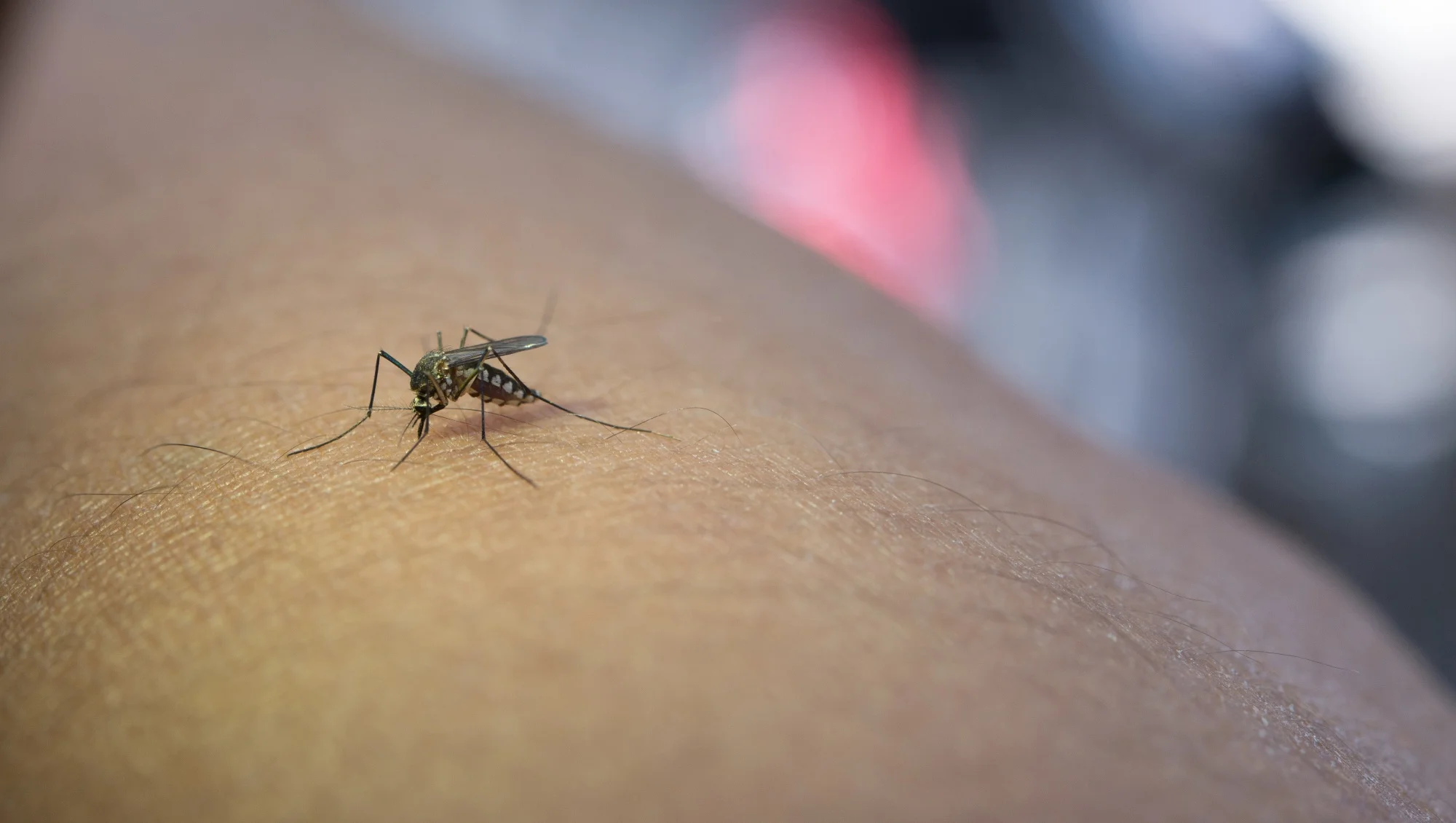As the world grapples with the constraints posed by the resurgence of malaria, researchers in Eritrea have made a breakthrough in the field of malaria risk stratification and forecasting. In a study published in the esteemed Journal of Environmental and Public Health, a team of Eritrean scientists has meticulously modeled the effects of rainfall on the incidence of malaria within the country. The study, whose DOI is 10.1155/2019/7314129, unveils the development of a pragmatic prediction model that promises to reinforce the early detection of malaria epidemics.
In this comprehensive 2500-word report, we will navigate through the study’s methodology, findings, and implications, along with critiquing its potency for addressing the exigent public health concerns posed by malaria in Eritrea and similar settings.
DOI: 10.1155/2019/7314129
Introduction
Malaria remains a formidable challenge in global health, causing significant morbidity and mortality, particularly in sub-Saharan Africa. In Eritrea, concerted efforts have been made to combat the malady, yet erratic climatic conditions pose a recurrent threat of epidemics. Thus, poignant stratification systems and predictive tools are vital for the country’s malaria control initiatives.
The research in question, helmed by Meron Mehari Kifle and colleagues from the Asmara College of Health Sciences and the Ministry of Health, sought to achieve three paramount objectives: the construction of a national malaria stratification map, the development of prediction models, and forecasting monthly malaria incidences tied to rainfall patterns.
Methodology
The scientists embarked on their investigation by harnessing monthly malaria incidence data ranging from 2012 to 2016. Nonhierarchical clustering was utilized to craft a stratification map at the district level, reflecting the multivariate nature of malaria presence. Cluster validity was scrupulously examined through a suite of statistical measures including ANOVA and the Bonferroni correction test.
To explore the relationship between malaria incidences and precipitation, the team performed autocorrelation and cross-correlation analyses. They postulated that rainfall influenced malaria transmission lagged by one to four months. Seasonal autoregressive integrated moving average (SARIMA) models were constructed to assess this postulated connection, with due consideration of model diagnostics and stationarity.
Results
The synthesis of data birthed a four-cluster map signaling high, moderate, low, and very low malaria risk. This stratification revealed a striking association between monthly malaria incidences and antecedent rainfall, with the effect spanning up to four lagged months. It was observed that 73.1%, 46.3%, 53.4%, and 50.7% of the variance in malaria transmission across the respective risk clusters were explicated by rainfall, suggesting a significant dependent relationship.
Implications
The implications of these findings are multifold. Primarily, the study asserts that changes in rainfall patterns critically affect malaria incidence in Eritrea. As a corollary, the use of routine malaria case reports and rainfall data can yield precise forecasts, instrumental for preempting the onset of malaria outbreaks. These predictions afford public health practitioners a pivotal window for intervention, potentially attenuating the impact of epidemics.
Furthermore, the stratification map proffers a granular framework for resource allocation, guiding the targeting of interventions like chemoprophylaxis and vector control based on regional risk profiles. Such stratified approaches could coalesce into the overarching mandate for malaria elimination in Eritrea, as delineated in its National Malaria Strategic Plan for 2015-2019.
Future Research and Limitations
The authors advocate for subsequent research to encompass village or health facility level modeling by assimilating additional climatic factors like temperature and relative humidity, which could further refine the predictive prowess of the models. Moreover, potential environmental and sociodemographic influences warrant further exploration to bolster the mosaic of determinants influencing malaria transmission dynamics.
The study, while pioneering, is not without limitations. One notable constraint is the reliance on historical data, which may not encapsulate current trends or shifts in vector behavior and resistance patterns. Additionally, the external validity of the findings is restricted to similar epidemiological and climatic contexts, necessitating adaptation and validation in dissimilar settings.
References
1. World Health Organization. (2016). World Malaria Report. https://doi.org/10.1155/2019/7314129
2. Nyarango, P. M., Gebremeskel, T., Mebrahtu, G., et al. (2006). A steep decline of malaria morbidity and mortality trends in Eritrea between 2000 and 2004: the effect of combination of control methods. Malaria Journal, 5, 33. https://doi.org/10.1186/1475-2875-5-33
3. Yukich, J. O., Zerom, M., Ghebremeskel, T., Tediosi, F., & Lengeler, C. (2009). Costs and cost-effectiveness of vector control in Eritrea using insecticide-treated bed nets. Malaria Journal, 8, 51. https://doi.org/10.1186/1475-2875-8-51
4. Graves, P. M., Osgood, D. E., Thomson, M. C., et al. (2008). Effectiveness of malaria control during changing climate conditions in Eritrea, 1998–2003. Tropical Medicine and International Health, 13(2), 218–228. https://doi.org/10.1111/j.1365-3156.2007.01993.x
5. Ceccato, P., Bell, M., Ghebreselassie, S., et al. (2007). Malaria stratification, climate, and epidemic early warning in Eritrea. The American Journal of Tropical Medicine and Hygiene, 77(6), 61–68. https://doi.org/10.4269/ajtmh.2007.77.61
Keywords
1. Malaria Risk Stratification Eritrea
2. Malaria Forecasting Rainfall
3. Malaria Epidemic Prediction Models
4. Eritrea Public Health Malaria
5. Climate Change Malaria Incidence
Conclusion
The groundbreaking study by Kifle et al. on malaria risk stratification and forecasting in Eritrea emerges as a noteworthy stride in malaria control. Its innovative predictive model, contingent upon rainfall data, heralds a new epoch of strategic public health interventions poised to battle malaria with augmented precision. This study not only delineates the vital nexus between climatic factors and infectious disease incidence but also emboldens the charge toward the aspirational goal of malaria elimination — a pertinent reminder of the power of predictive analytics in bolstering public health responses to longstanding global health challenges.
